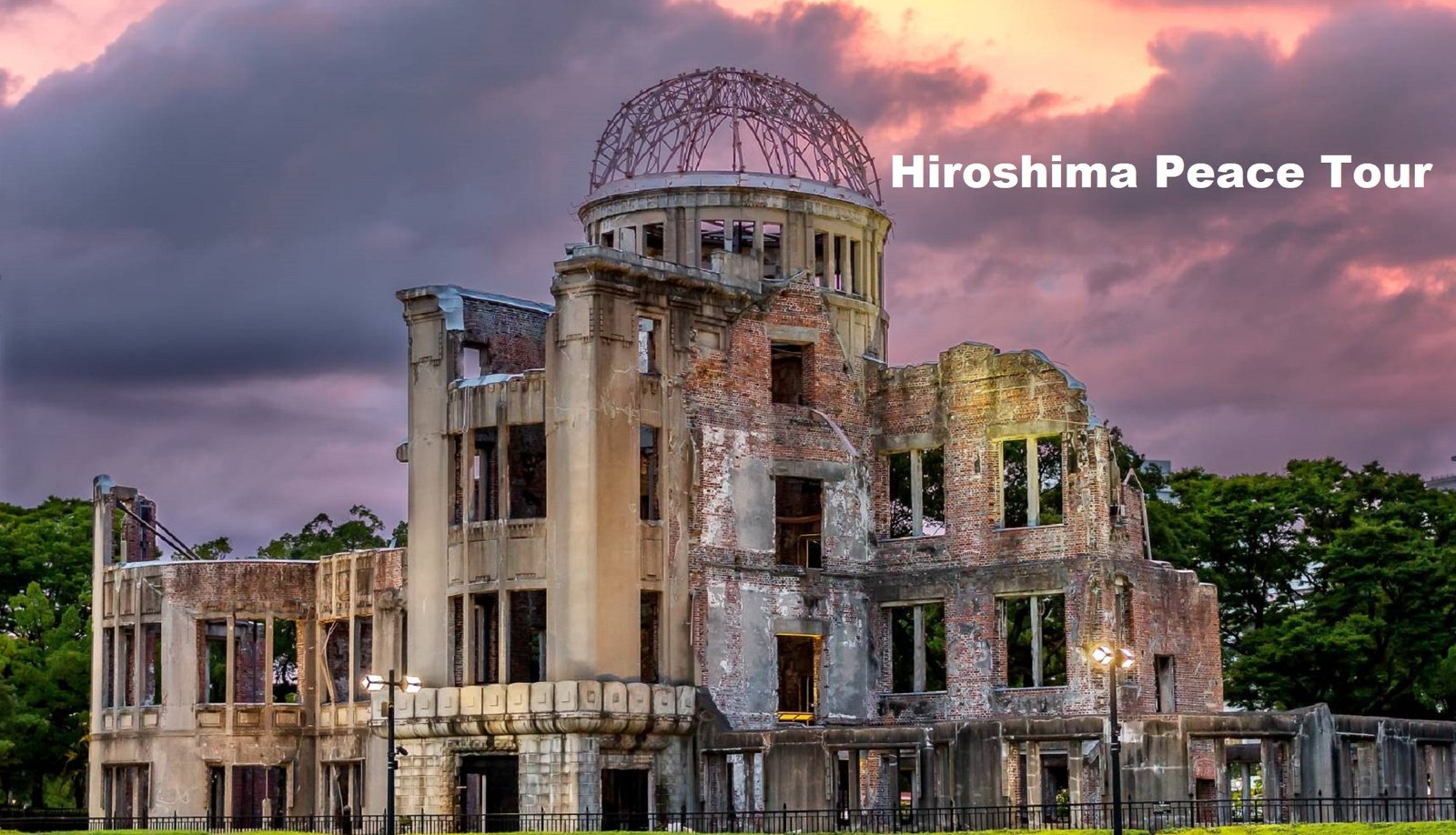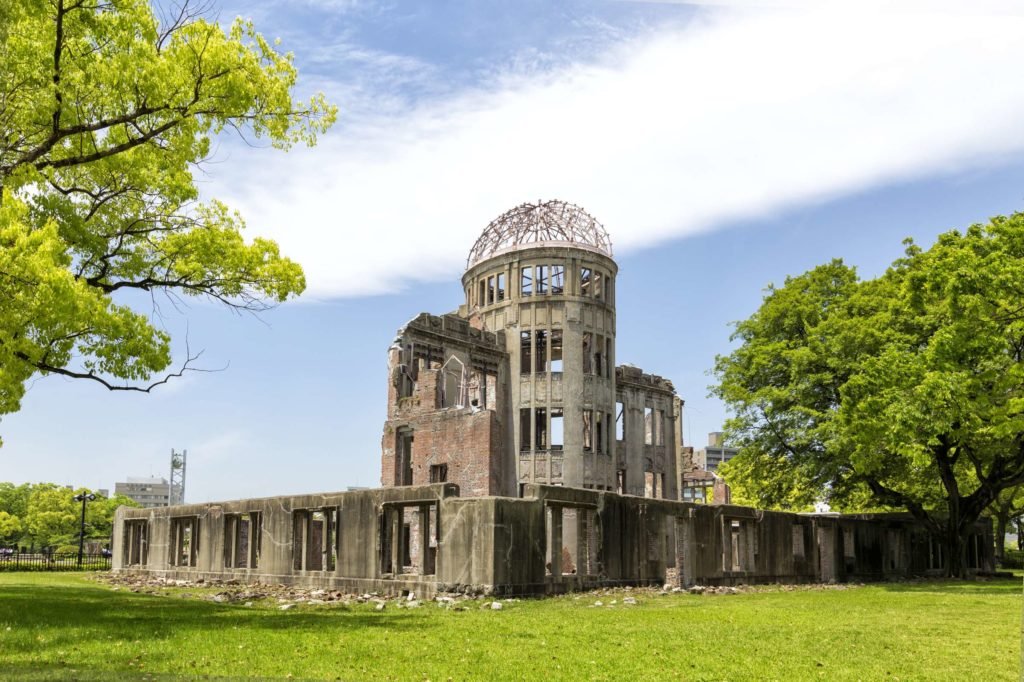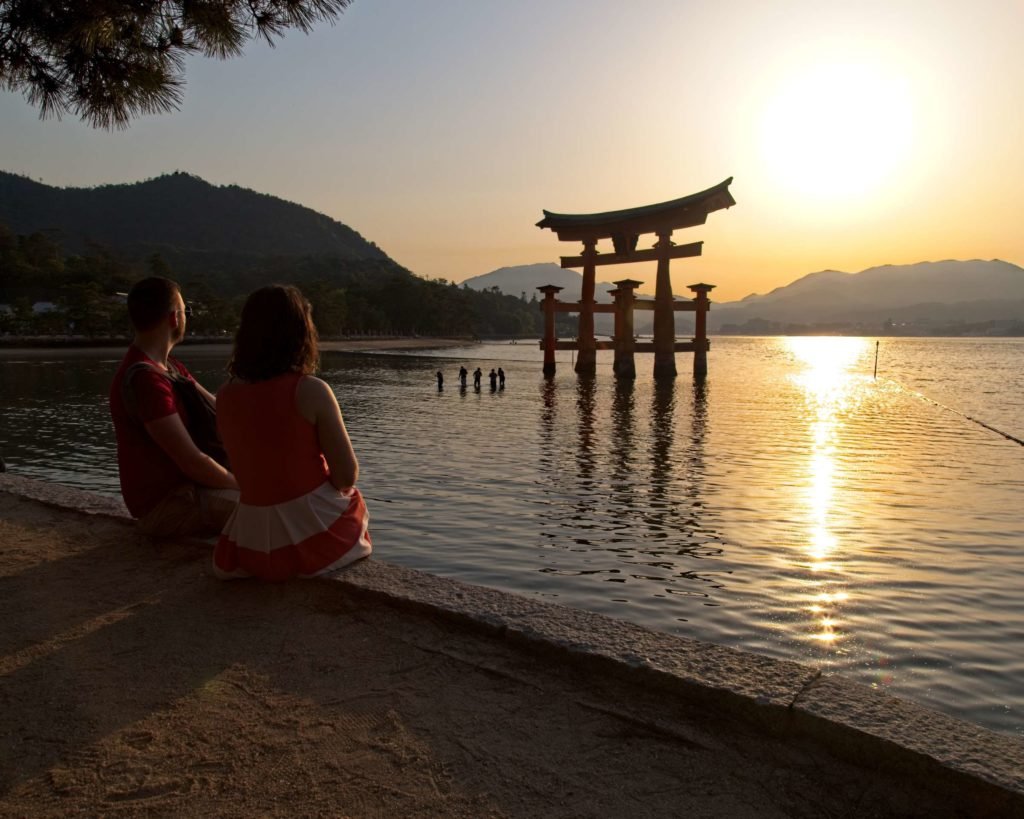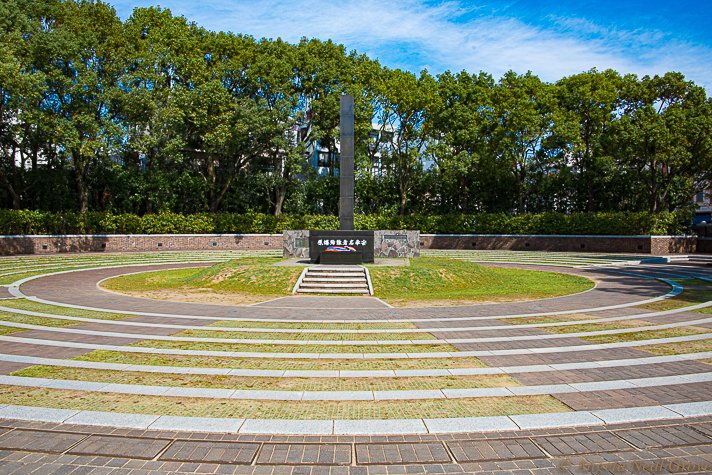
Hiroshima One Day Tour
Our first stop on the tour is Hiroshima Peace Memorial Park—once the political and commercial center of Hiroshima as well as home to 6,500 people. Hoping for eternal world peace, the park was established near the epicenter of the atomic bomb explosion in remembrance of the victims and as a memorial to peace. As we walk through the park, we will visit various peace monuments scattered about, such as Flame of Peace, Hall of Remembrance, Memorial Cenotaph, Children’s Peace Monument, and Hiroshima Peace Memorial Museum—the latter of which we will enter to view artifacts ranging from belongings and photos of victims, important film footage, and historical records.
Finally, we’ll pay a visit to the Atomic Bomb Dome. Originally the Hiroshima Prefectural Industrial Promotion Hall, the building and its distinctive dome were designed by Czech architect Jan Letzel in 1915. Because the bomb detonated almost directly above the building, the vertical support columns were able to withstand the impact of the blast; the ruins of the building were eventually converted into a memorial to those killed in the blast.
Miyajima Island
Having spent a few hours visiting the most important sites in remembrance of the horror that took place in the city, we’ll take a quick break, getting some lunch with our docent (possibly the local specialty, Hiroshima-style okonomiyaki) before proceeding to the next portion of the tour: Miyajima Island. The word ‘Miyajima’ means ‘shrine island,’ named due to its association with its most famous site, Itsukushima Shrine. Built in 593, this UNESCO World Heritage site consists of 17 buildings and and a large torii gate, all of which appear to float on water during high tide. (The torii gate and vermilion colour of the shrine are believed to hold evil spirits at bay). The island is considered as one of the 3 destinations that make up ‘Nihon Sankei’, meaning the top 3 scenic views of Japan. We’ll spend some time navigating the island’s serene, spiritual sights, getting an in-depth background of the shrine’s religious importance, and the roles that Shintoism and Buddhism have played on the island and Japanese culture as a whole.



HIGHLIGHTS
- A comprehensive day-long view into the history and culture of Hiroshima, for the first time or returning visitors
- Led by a local historian
- Hiroshima Peace Memorial Museum, Atomic Bomb Dome, Miyajima Island, and Itsukushima Shrine

